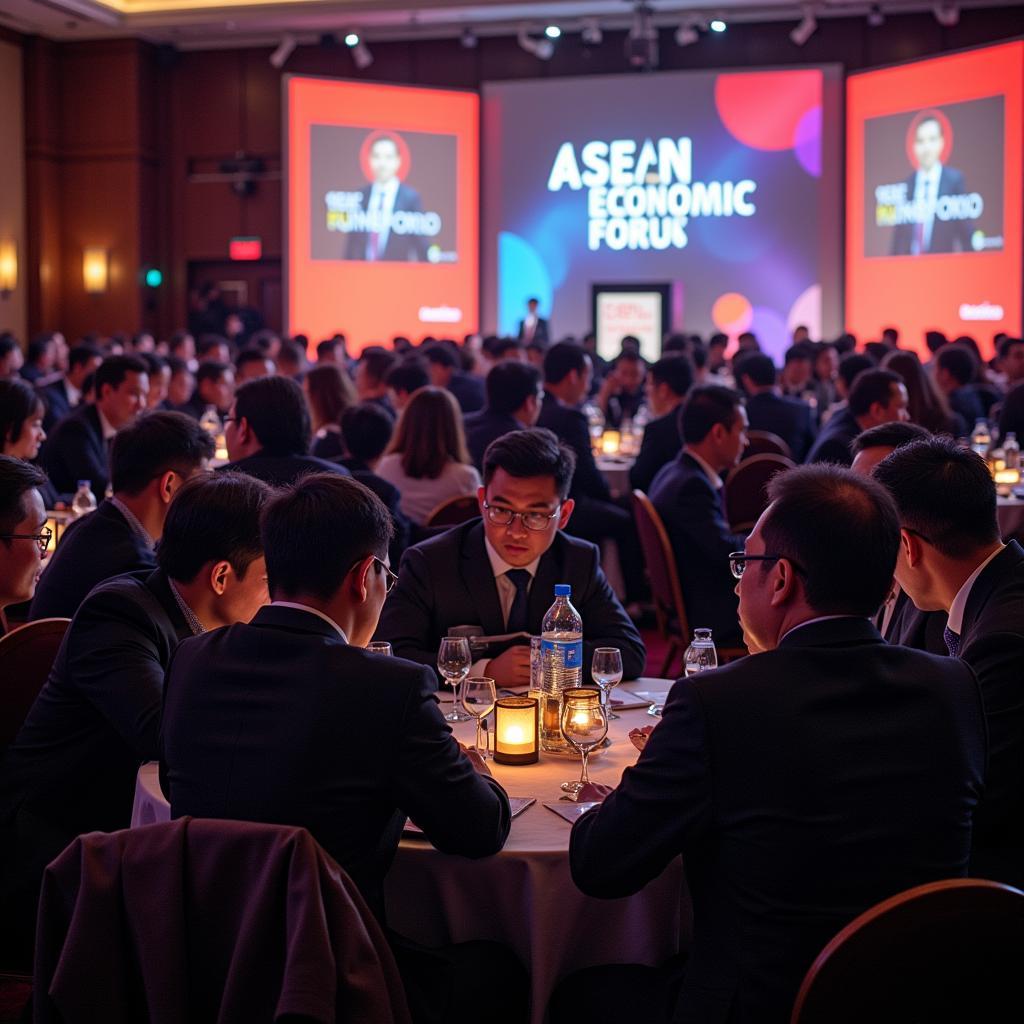The 2018 ASEAN Free Trade Area (AFTA) marked a significant milestone in Southeast Asia’s economic integration. As part of the broader ASEAN Economic Community (AEC) blueprint, the agreement aimed to establish a single market and production base for the region, fostering trade liberalization and economic cooperation among member states. This article delves into the impacts of the 2018 AFTA on three of ASEAN’s lesser-developed economies: Myanmar, Laos, and Cambodia.
 Map of ASEAN Free Trade Area
Map of ASEAN Free Trade Area
Opportunities and Challenges for Myanmar
For Myanmar, emerging from decades of isolation, the 2018 AFTA presented both opportunities and challenges. The country benefited from increased market access for its exports, particularly in sectors like agriculture and textiles. Reduced tariffs within the ASEAN region opened doors for Myanmar’s garment industry, attracting foreign investment and creating employment opportunities.
However, Myanmar also faced challenges in terms of infrastructure development, regulatory frameworks, and capacity building to fully leverage the benefits of free trade. Competition from more developed ASEAN economies posed a threat to certain domestic industries, requiring strategic policy interventions to enhance competitiveness.
Laos: Navigating Integration in a Landlocked Nation
As a landlocked country, Laos faced unique challenges in maximizing its participation in the 2018 AFTA. While the agreement offered opportunities for increased trade with neighboring countries like Thailand and Vietnam, high transportation costs and inadequate infrastructure hindered Laos’s ability to fully capitalize on market access.
Despite these challenges, Laos made strides in attracting foreign direct investment, particularly in hydropower and mining. The government also implemented reforms to improve the business environment and attract investment in sectors like tourism and services.
Cambodia’s Economic Transformation and the AEC
Cambodia, having experienced significant economic growth in the years leading up to 2018, viewed the AFTA as a catalyst for further development. The country’s garment industry, already a major player in the global market, benefited from reduced tariffs and increased exports to ASEAN countries.
Beyond garments, Cambodia sought to diversify its economy, exploring opportunities in sectors like agriculture, tourism, and light manufacturing. The AEC’s focus on skills development and labor mobility facilitated knowledge transfer and capacity building within Cambodia’s workforce.
Navigating the Path Forward: A Collective Effort
The 2018 ASEAN Free Trade Agreement has had a profound impact on the economies of Myanmar, Laos, and Cambodia. While the agreement has unlocked significant opportunities for growth and integration, challenges remain in terms of infrastructure development, capacity building, and addressing the needs of vulnerable sectors.
“The success of the AEC hinges on the ability of all member states to participate and benefit from regional integration,” states Dr. Sokha Chum, an economist specializing in ASEAN economic development. “Targeted support for lesser-developed countries is crucial to ensure inclusive and sustainable growth within the region.”
Moving forward, a collective effort is required to ensure that the benefits of free trade are shared equitably among ASEAN member states. This includes targeted assistance for lesser-developed economies, investments in infrastructure and human capital, and continued efforts to harmonize regulations and promote regional cooperation.
 ASEAN Economic Forum
ASEAN Economic Forum
Conclusion
The 2018 ASEAN Free Trade Agreement represents a pivotal moment in Southeast Asia’s economic integration. For Myanmar, Laos, and Cambodia, the agreement has brought both opportunities and challenges. By addressing the existing gaps and working collaboratively, ASEAN can ensure that all member states reap the benefits of a more integrated and prosperous region.

